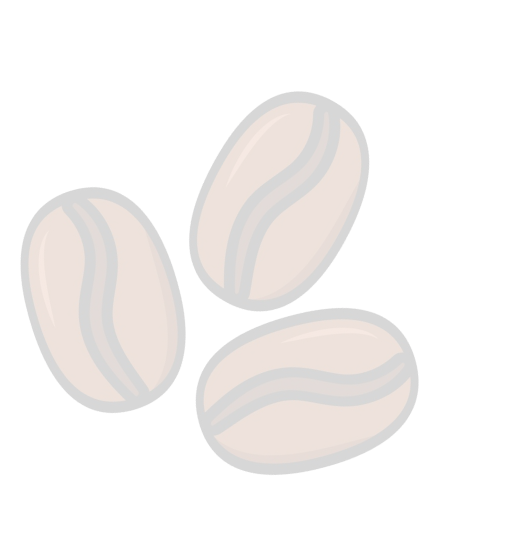
Varieties of Coffee
Growth and yield
Coffee belongs to the Rubiaceae family and grows in tropical regions at altitudes ranging from 200 to 2000 meters. Depending on the species and the country, they grow in altitude or sea level, in very different soils (volcanic in South America, siliceous in Côte d’Ivoire, Madagascar in alluvial). The shrubs need adequate protection against the hot sun and strong winds, which is why we often find plantations in a cleared forest or woodland with other tropical trees such as banana, mango.
Cultures of the best Arabica in altitude, are aesthetically very similar to those of the vine, well cut and regular rows.
Coffee features
- Up 3 12 meters, the coffee normally produce their first fruit (cherries) approximately 4 to 5 years after planting, coffee can live to around 60 years.
- The annual production is about 2.5 kg of fruit with 500 g of green coffee and roasted coffee 400g were collected, and remains constant for 10 to 15 years.
- Flowers fragrant jasmine. Flowering is very short, in full bloom at dawn, flowers have faded the evening.
- The fruits are ovoid drupes, taking into mature, the size of a small cherry and blush. The drupe is surrounded by a smooth red skin, the exocarp, covering the flesh, the mesocarp. Pulp adheres to a hard cell wall, the parchment (or endocarp) recovered as fuel in particular organic farming. The whole forms a shell that is removed to collect the two seeds.
- The seed coated with a silver film contains the germ.
- There are 60 species of coffee with grains of different size in the wild.
Species and varieties
Arabicas require mineral-rich soil, a constant temperature of around 20 ° C and an altitude greater than 600 m.
Very popular, this species bears fruit very good for sharper than a robusta elongated shape. More coffee is grown in high altitude, the more flavor will be fine.
Arabica are naturally caffeinated little rich in magnesium, iron and niacin.
The robusta variety more resistant, grow in the plains in the most difficult conditions.The beans are rounder and smaller and thicker than Arabica. Robusta originating in the Congo Basin are widespread in Africa and Asia, where the climatic conditions do not allow the cultivation of Arabica. Robusta are doubly caffeinated compared to Arabica.
